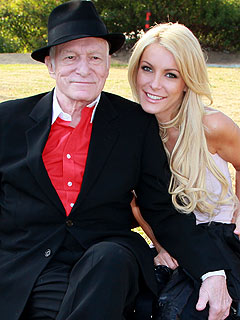NEW YORK (Reuters) - Stocks rose on Tuesday, led by gains in technology companies, helping the S&P 500 end at its highest level since Election Day.
A 2.2 percent gain to $541.39 in Apple's stock lifted the Nasdaq, as the largest U.S. company by market value rebounded from a week in which investors took profits before a possible tax rise next year. Prior to Tuesday's trading, Apple shares had lost 25 percent from an all-time intraday high hit in September.
Stocks pared some gains by late afternoon as more news on the "fiscal cliff" negotiations emerged. U.S. Senate Majority Leader Harry Reid said it will be difficult to reach agreement resolving the cliff tax hikes and spending cuts before Christmas.
"There's been a real explosion in anxiety over this thing. Because markets have become the way they are, you've got people just stepping back," said James Dailey, portfolio manager of TEAM Asset Strategy Fund in Harrisburg, Pennsylvania.
"There's a tremendous absence of liquidity in the market," he said.
The S&P 500 had lost 5.3 percent in the seven sessions following Election Day as investors refocused on the threat posed to the economy by the fiscal cliff, a series of automatic spending cuts and tax increases. Markets have mostly recovered those losses, but volume has been thin, suggesting investors are not betting aggressively due to the uncertainty.
The Dow Jones industrial average <.dji> was up 78.56 points, or 0.60 percent, at 13,248.44. The Standard & Poor's 500 Index <.spx> was up 9.29 points, or 0.65 percent, at 1,427.84. The Nasdaq Composite Index <.ixic> was up 35.34 points, or 1.18 percent, at 3,022.30.
Volume was roughly 6.43 billion shares traded on the NYSE, the Nasdaq and the NYSE MKT, compared with the year-to-date average daily closing volume of roughly 6.5 billion.
Other major tech stocks also rose. Texas Instruments
The lack of demonstrable progress in the fiscal cliff negotiations has kept investors from making aggressive bets in recent weeks.
Republican House Speaker John Boehner called on President Barack Obama to propose a counter-offer on Tuesday.
Retailers like luggage maker Tumi Holding Inc
By contrast, discount retailers Dollar General
SPX Corp
The U.S. Treasury is selling its remaining stake in insurer American International Group Inc . AIG's shares were up 5.7 percent at $35.26.
The Fed began a two-day policy-setting meeting on Tuesday. The central bank is expected to announce a new round of Treasury bond purchases when the meeting ends on Wednesday to replace its "Operation Twist" stimulus, which expires at the end of the year.
Advancers outnumbered decliners on the NYSE by about 2 to 1, and on the Nasdaq by nearly 9 to 4.
(Additional reporting by Gabriel Debenedetti; Editing by Kenneth Barry and Nick Zieminski)











